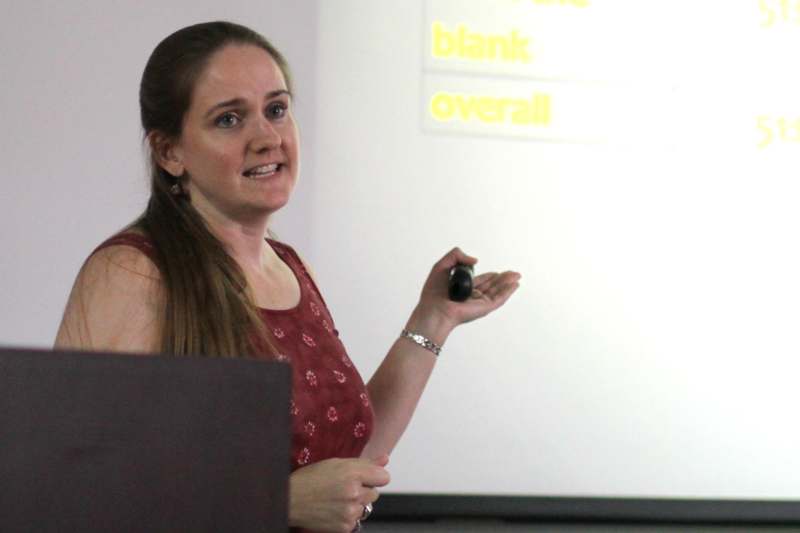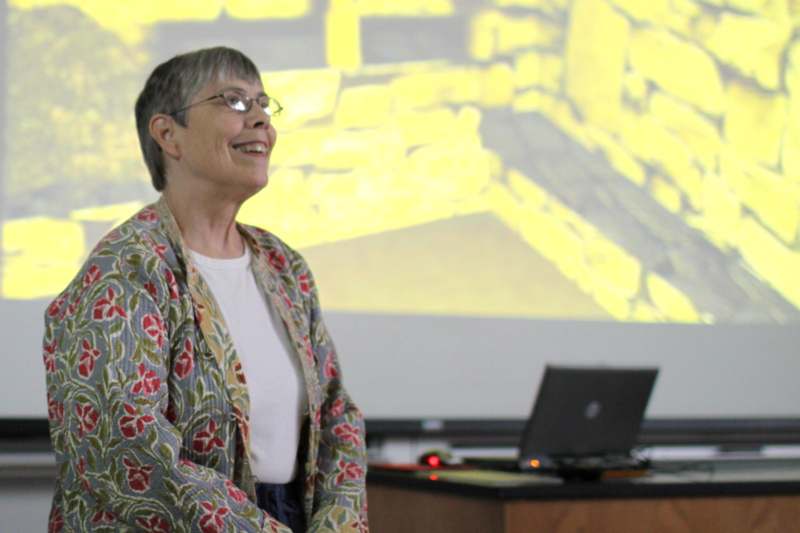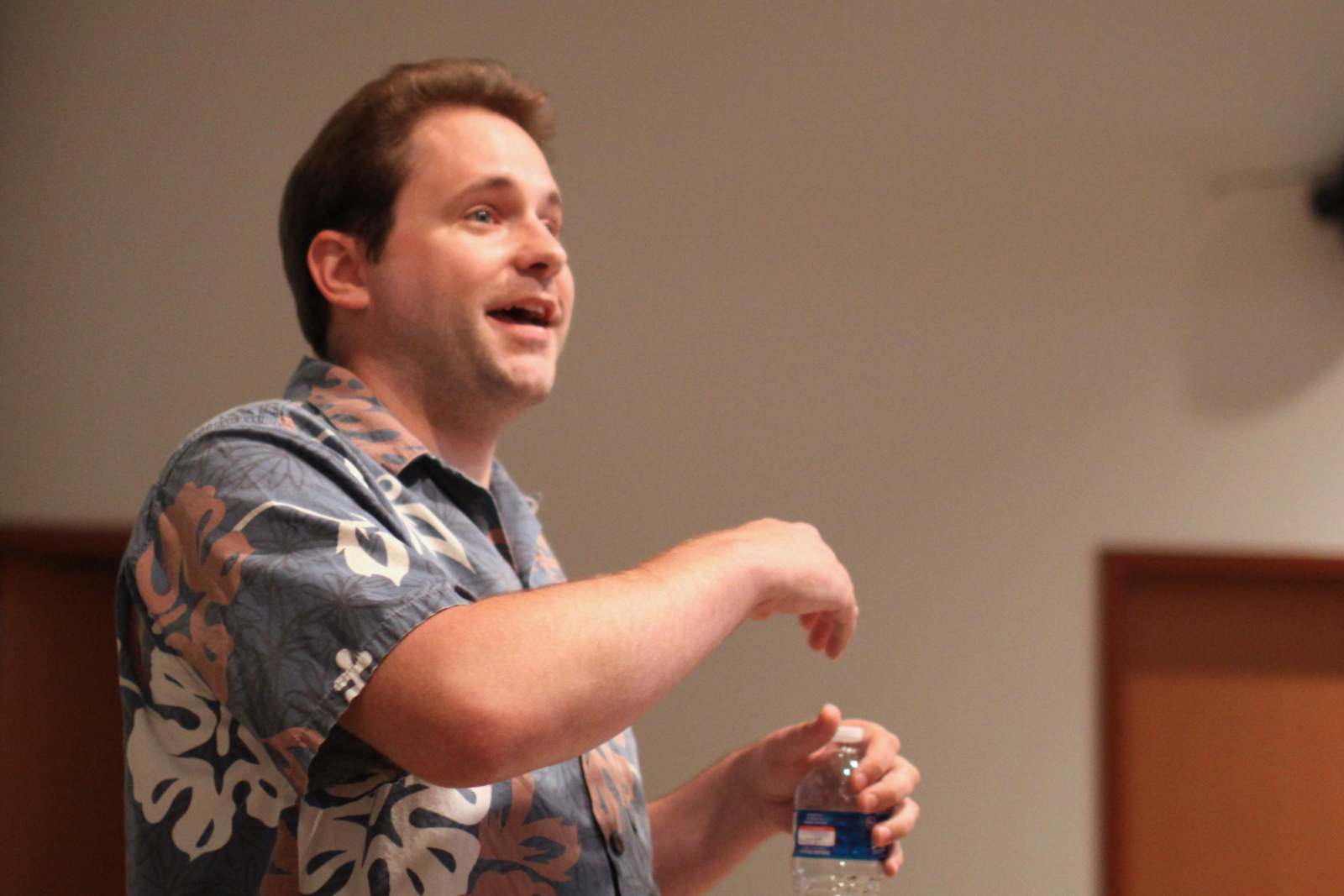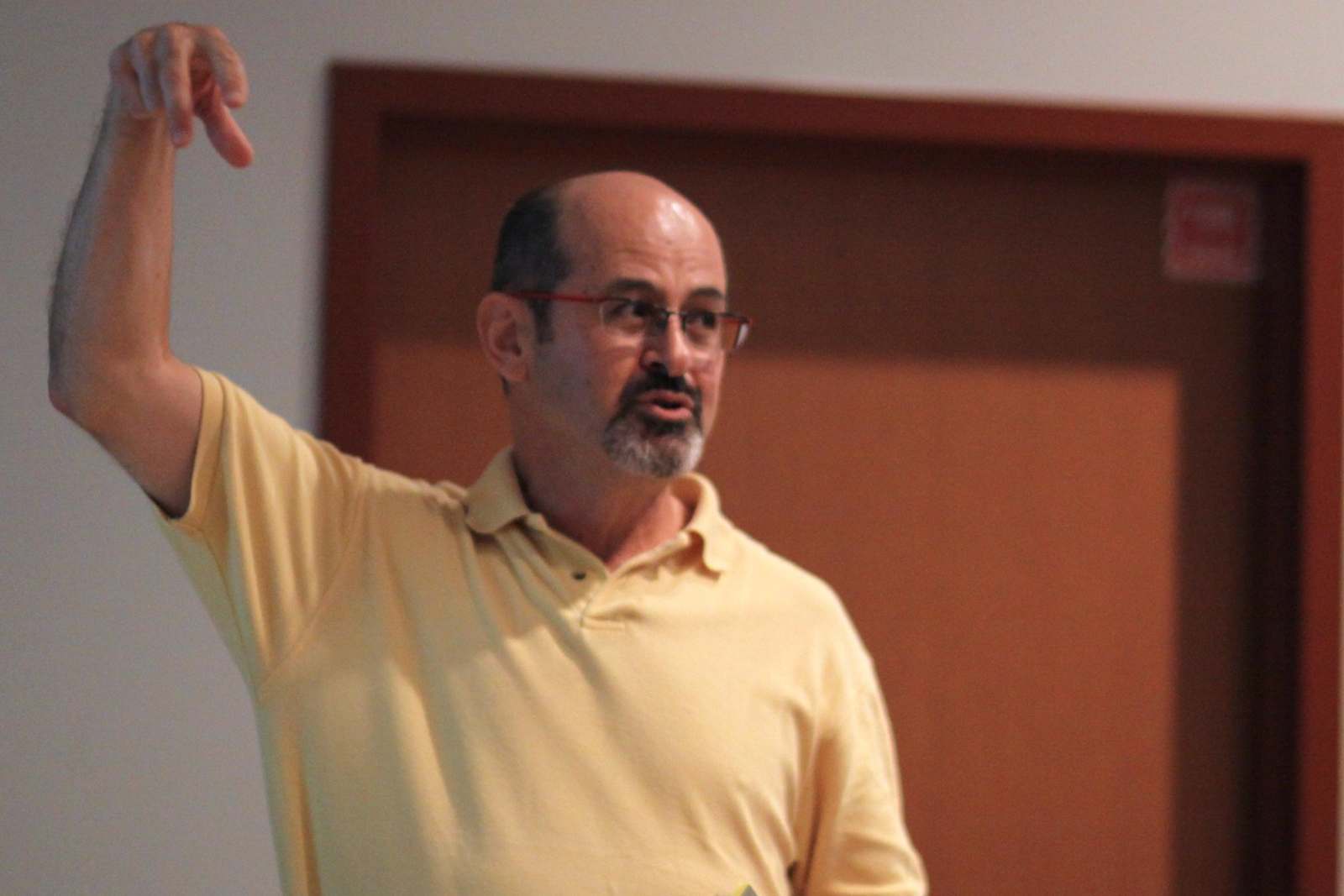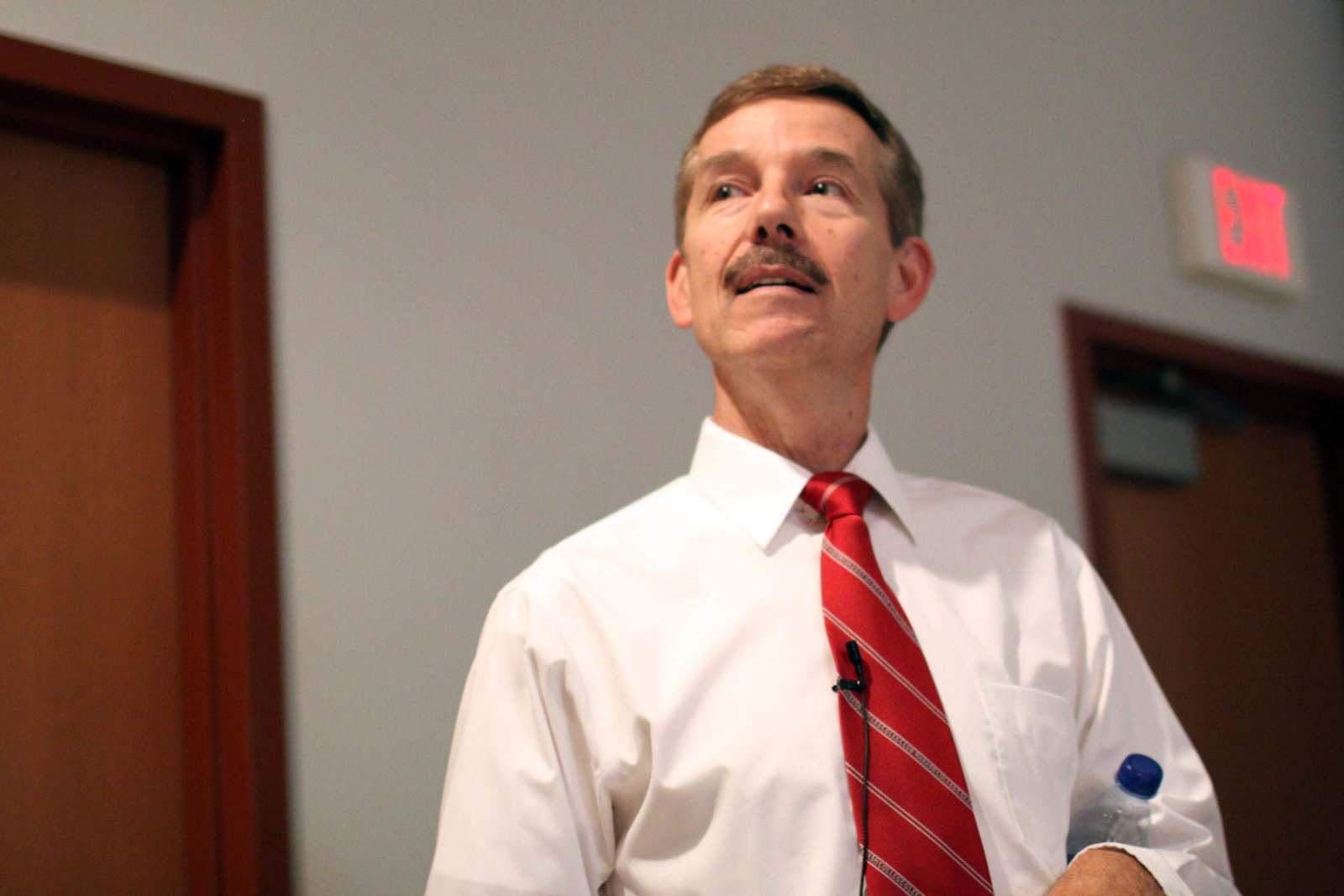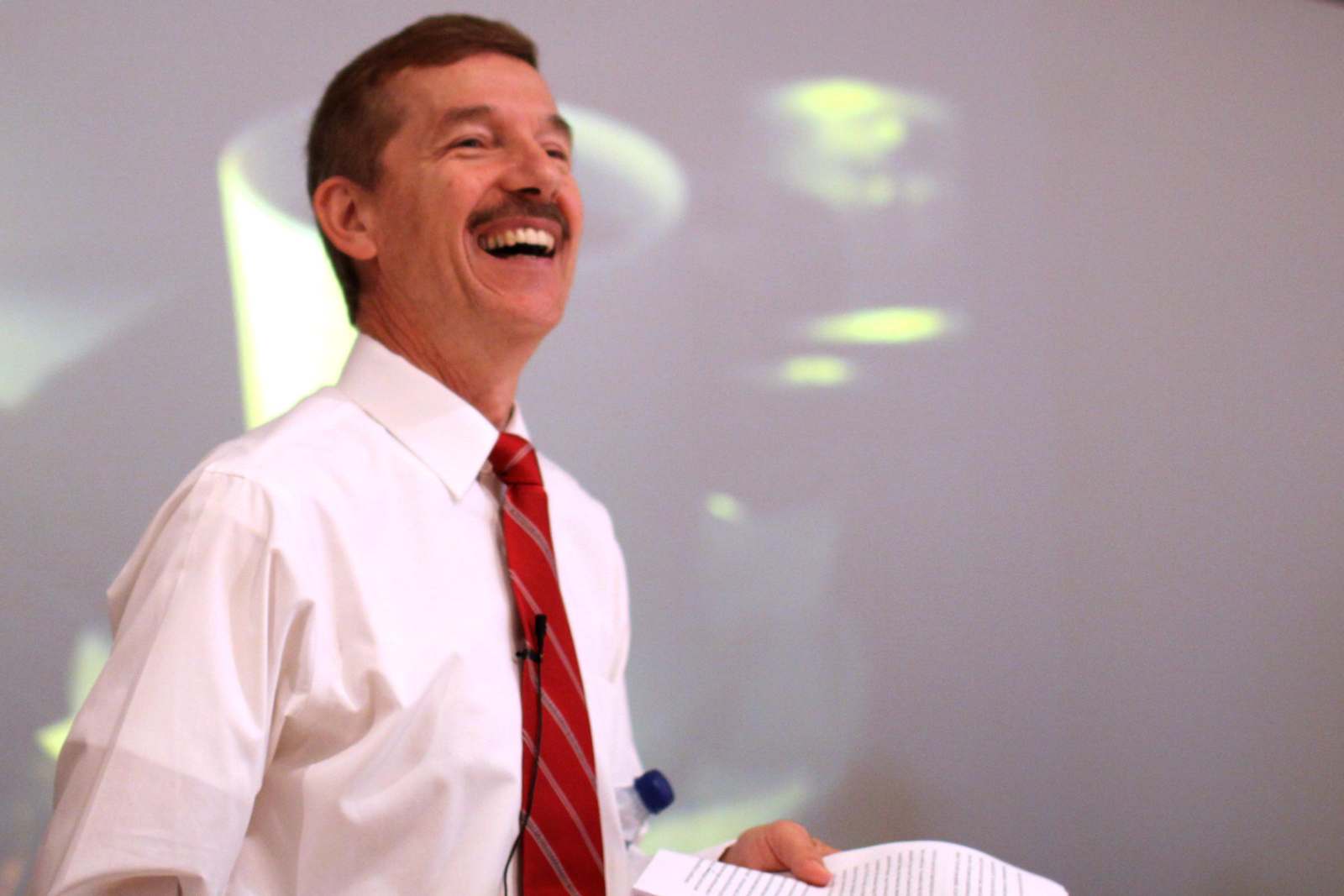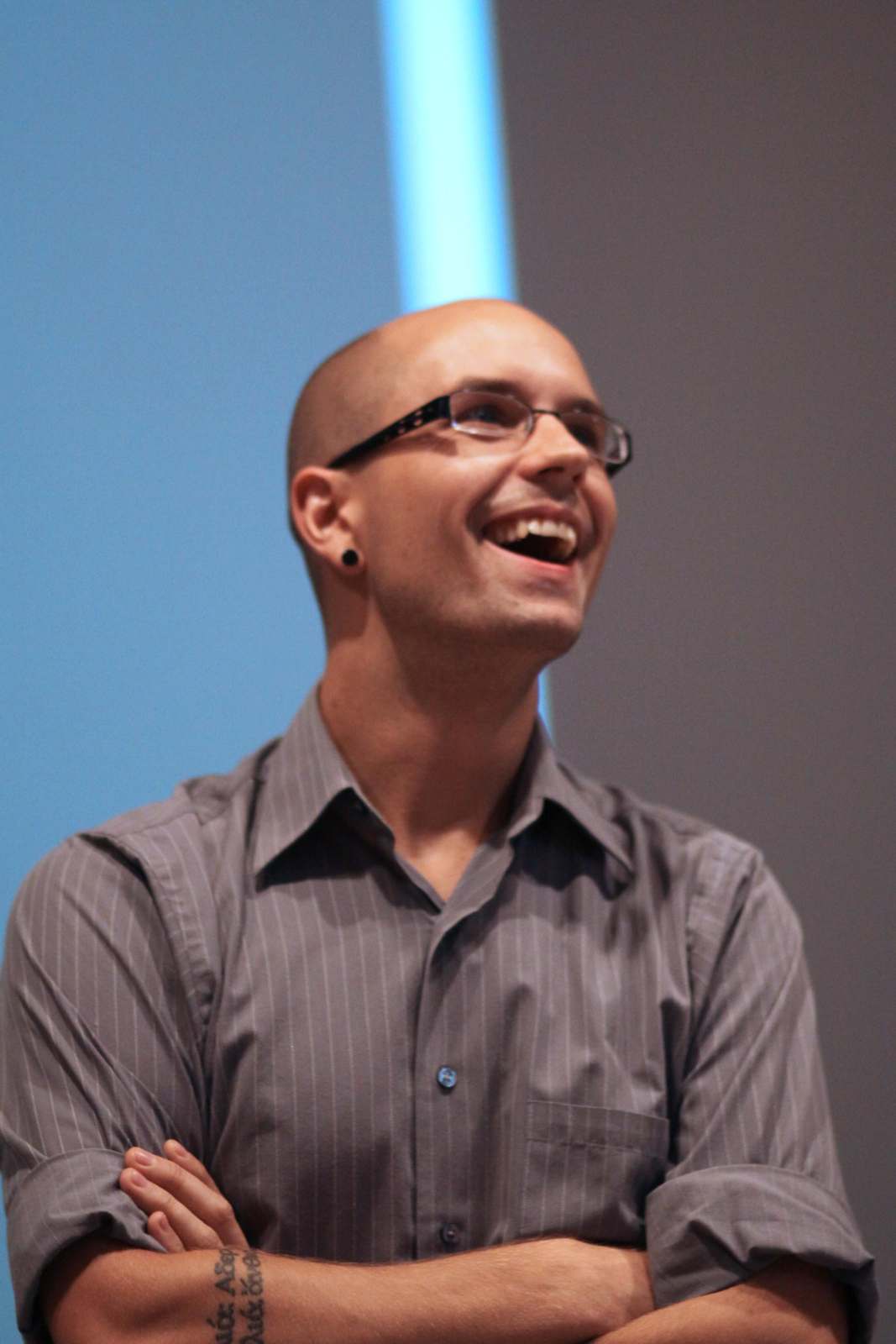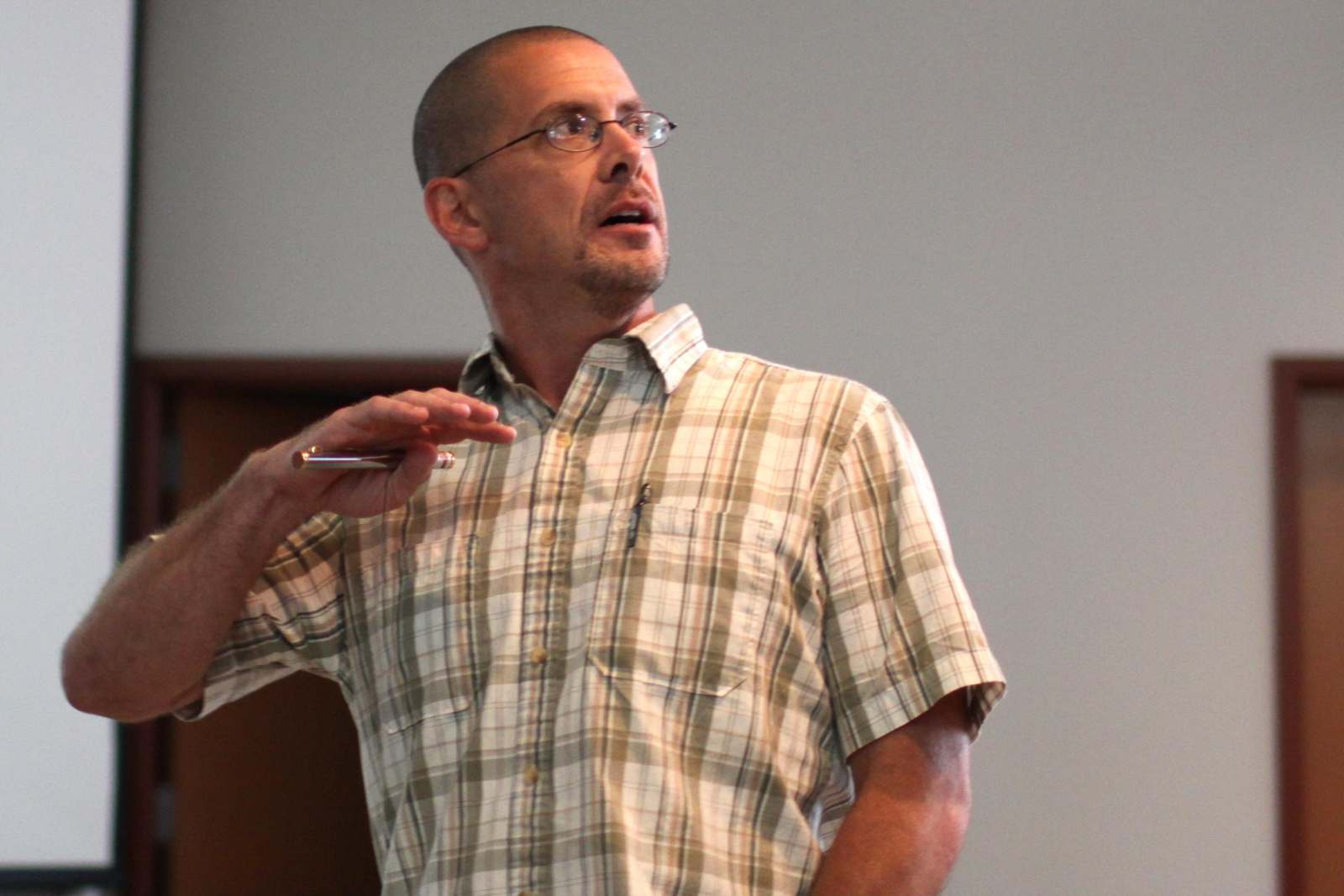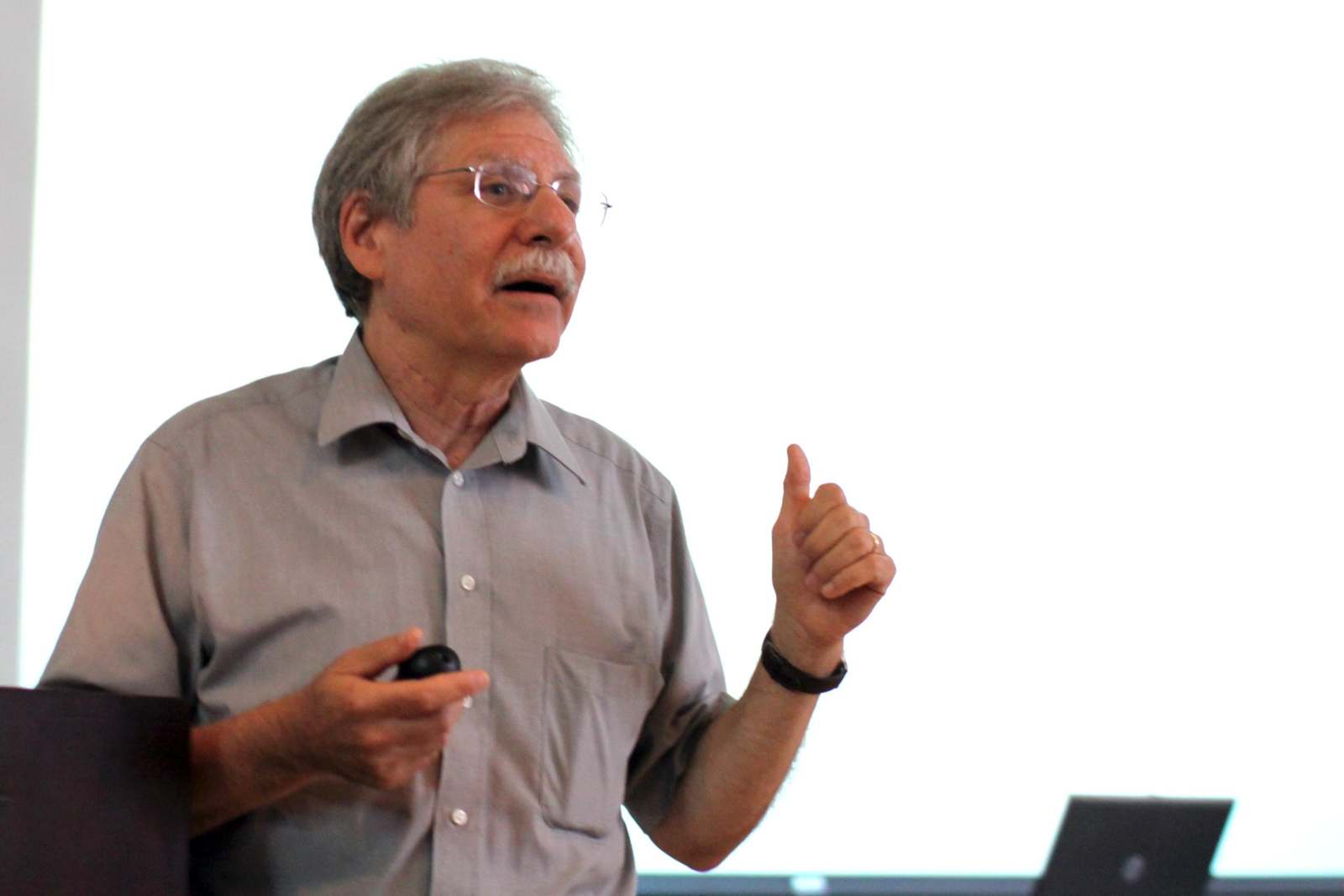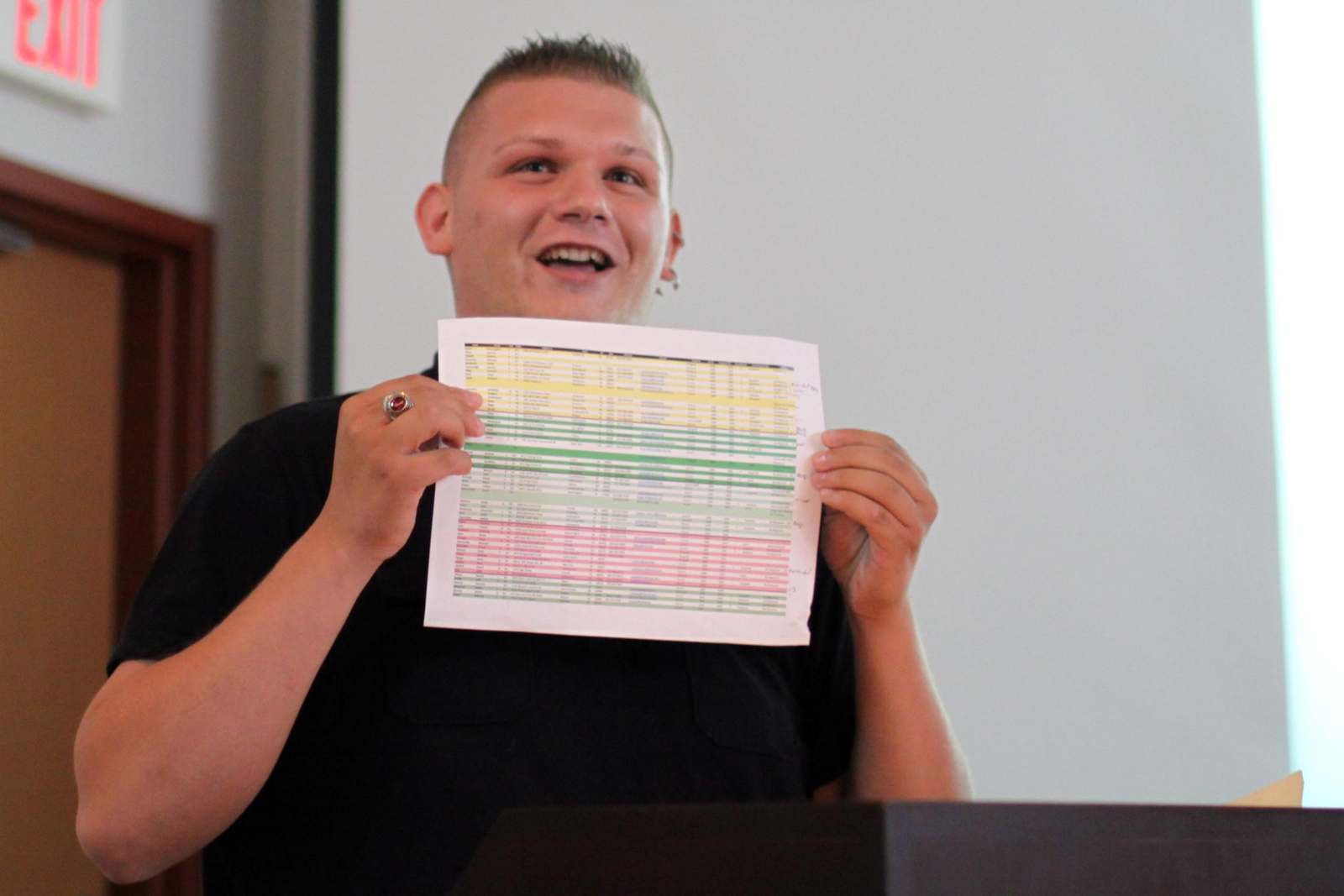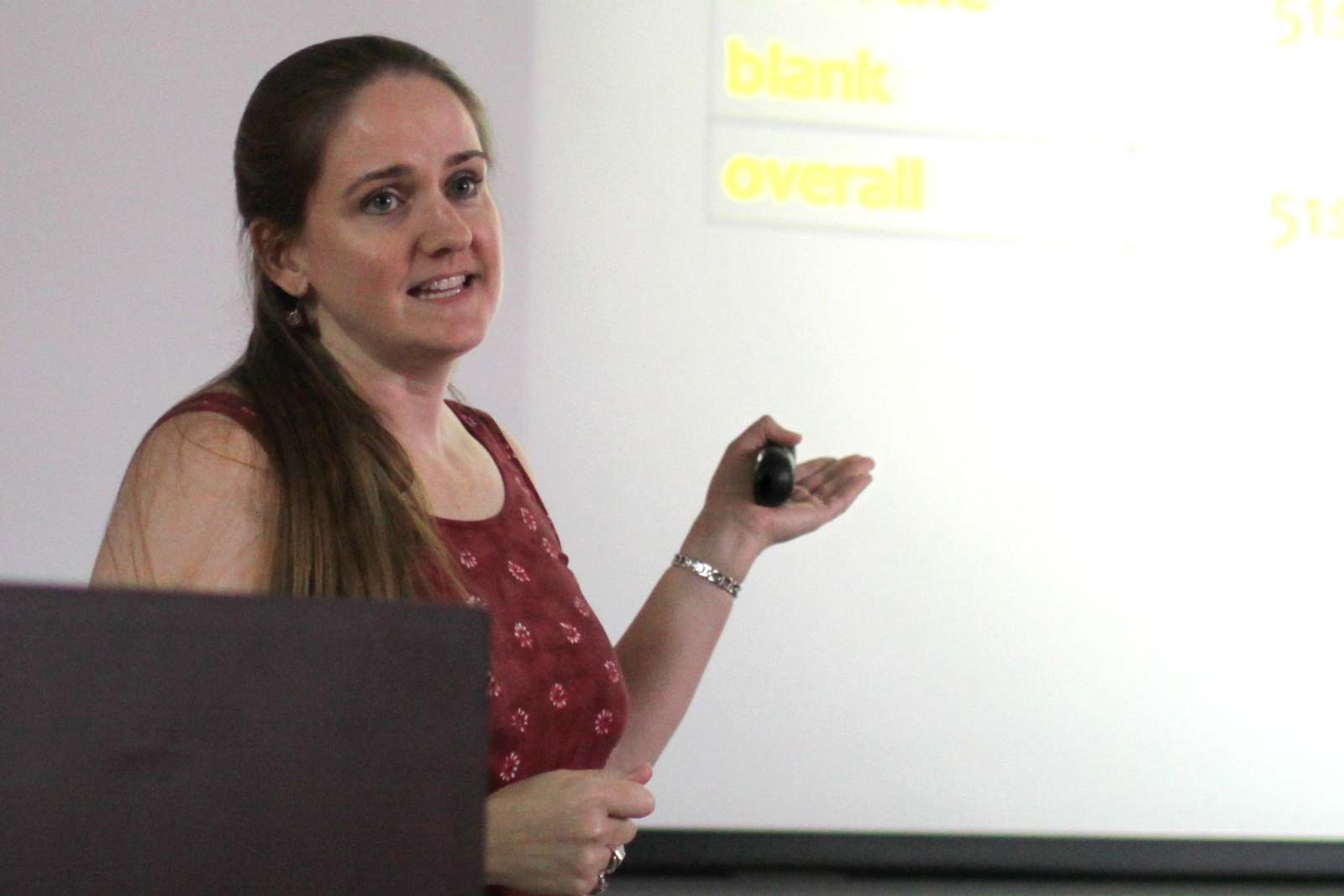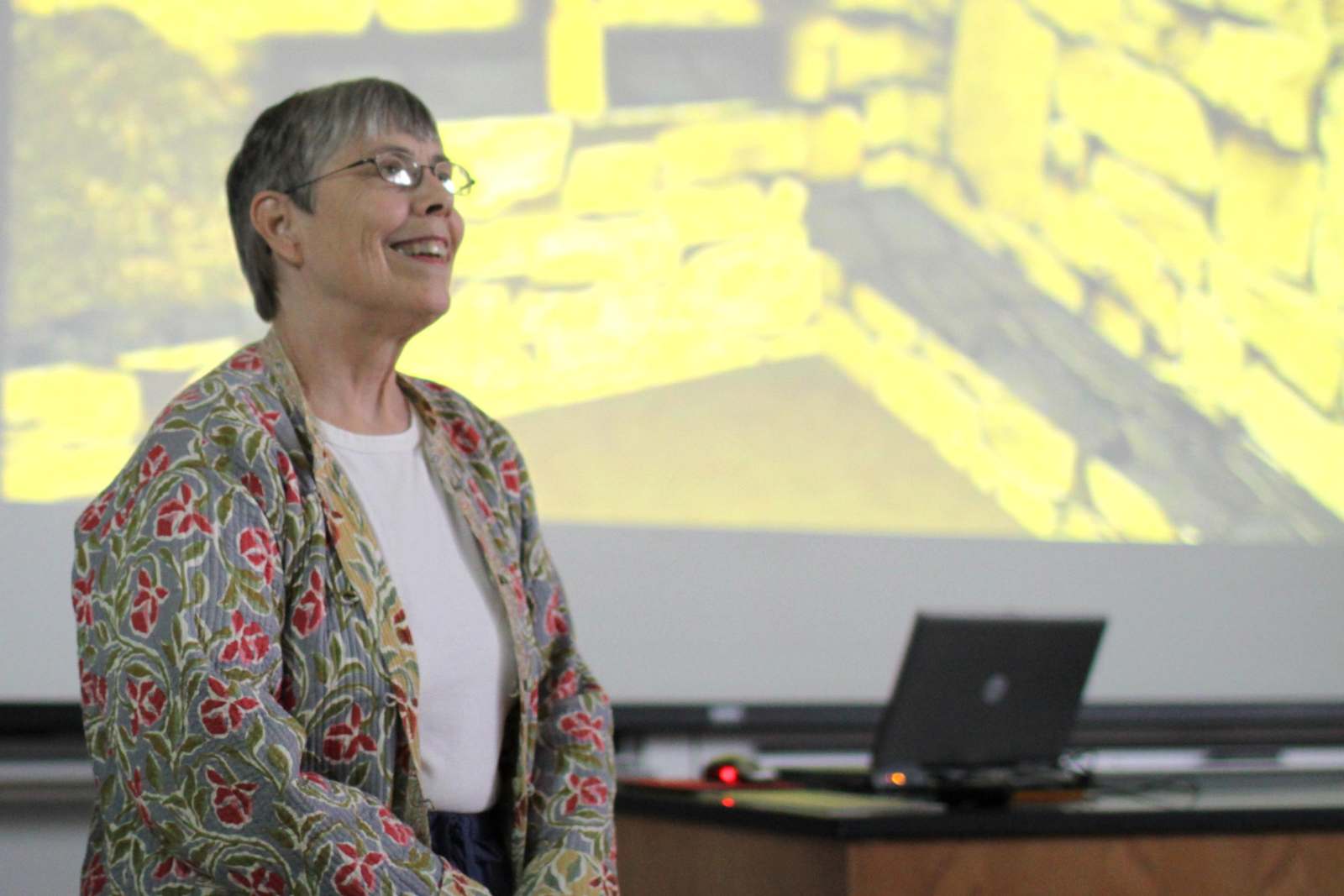Ides of August Album Two
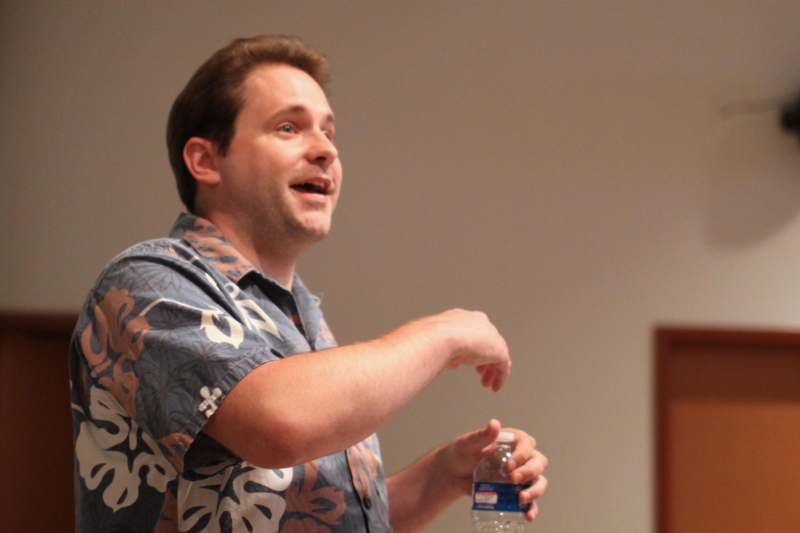
Assistant Professor of Biology Patrick Burton and his students study sea anemomes.
“Why, you might ask,” Professor Burton said, “would we be studying marine life in the middle of Indiana?
“I’m a developmental biologist, and a sea anemone can develop its body in three different ways,” Burton said. Those developmental abilities—embryonic, regeneration, and asexual fission—also make studying such animals important in an age of cloning and, in particular, growing organs and tissue.
Burton and his students have been using the drug alsterpaullone to manipulate head and tentacle development in sea anenomes and have been studying their results. They have learned that the drug decreased tentacle development and increased head development by turning off the Wnt signaling pathway for one, and not the other.
One of the anemones they created using these manipulations had three "heads," hence the title of the professor's talk, "A Modern Cerberus: The Creation of a Three-Headed Anemone."
When Professor Burton projected the image on the screen, he said, "Behold the hellhound of Wabash!"
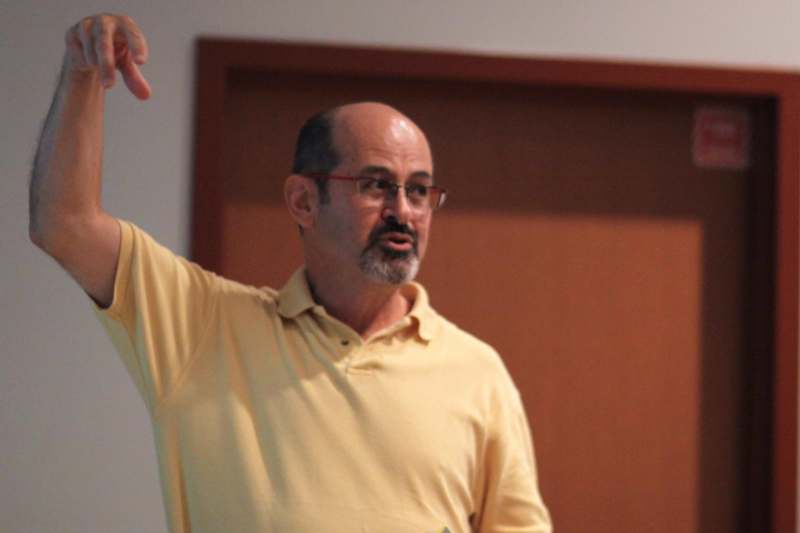
Professor of Modern Languages Gilberto Gomez spent last year as resident director at Waseda University in Japan, the fifth Wabash faculty member to do so during a sabbatical year.
Professor Gomez offered an impressive list of alumni of the school of more than 50,000 students, including the co-founder of Sony and CEOs and former CEOs of many Japan’s largest corporations.
He said he enjoyed his year in Japan and recommended the program for Wabash and other students.

Professor Gomez also described some of the challenges students face adjusting to Japanese culture.
“The Japanese educational system has a strong emphasis on uniformity,” Gomez said, which can be a challenge for American students.
Then there are interesting, often confusing translations for those who have not yet learned Japanese. Professor Gomez offered the example above.
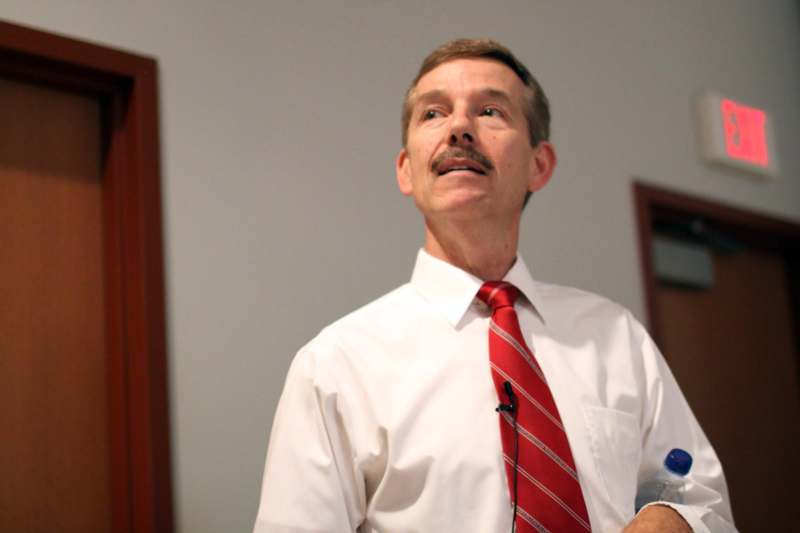
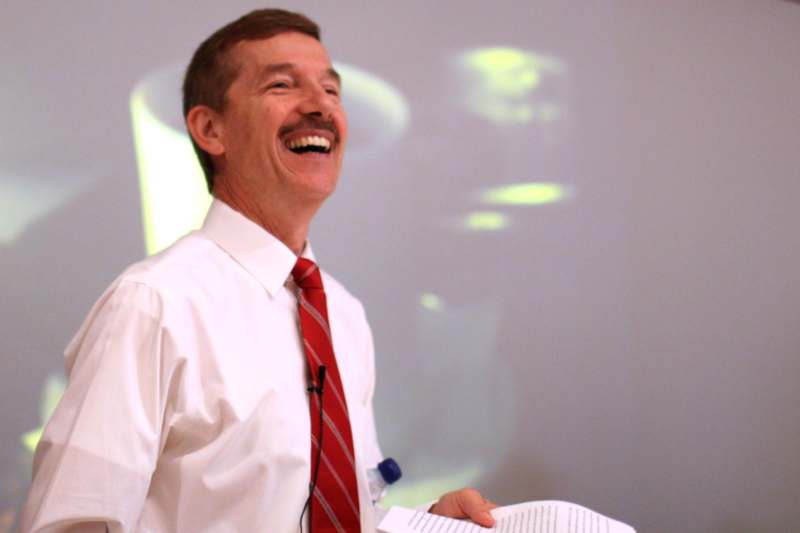
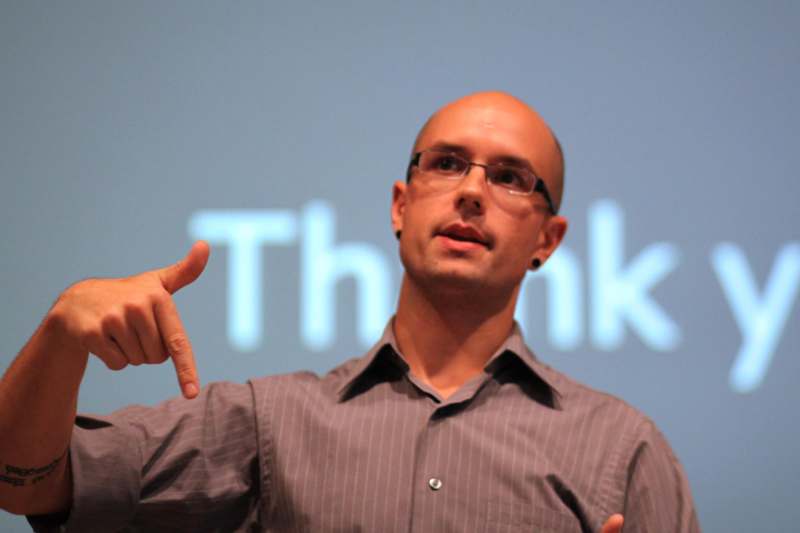

Olofson and his students’ other project is utilizing parents’ knowledge of their children to help us understand how and when young children develop social skills.
“All the data up till now has not tapped into what parents know about their child’s social skills,” Olofson said. He and his collaborators wanted to develop a questionnaire for parents that would get at that parental knowledge. And they wanted to find the questions whose answers would correlate with the child’s social development as based on a set of tasks researchers gave the children.
Presenting results of the study, Olofson believes they've done exactly that.
"We seem to have developed a questionnaire that we can give to parents and teachers to help them understand the social skills of that particular child."
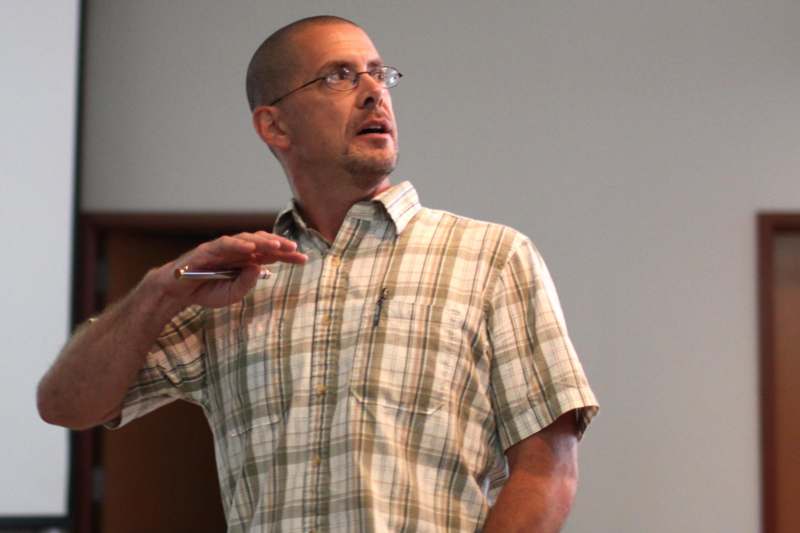

During Friday’s presentation, Professor Rosenberg shared email from an alumnus who said, “The course made me question the stereotypical male role that I had grown up with” and “that that Men and Masculinities was no doubt the foundation of my interest in the subject.”
“The responses I’ve received have been gratifying,” Rosenberg said. But when he wanted to hear from more of the 89 alumni who had taken the course, his letters and emails were to no avail.
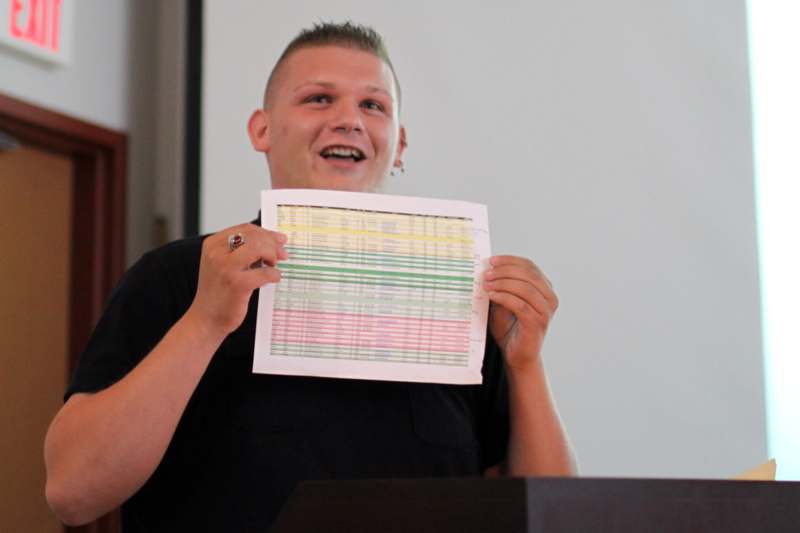
Enter Professor Rosenberg's research assistant, Joey Fleenor ’12 and Facebook.
Fleenor said his first task (after analyzing previous interviews) was to develop a database to work from. Then came the problem of how to increase response rate.
“I told Dr. Rosenberg, ‘Why don’t we try Facebook,” Fleenor said. They’ve since heard from 22 more of the alumni.
